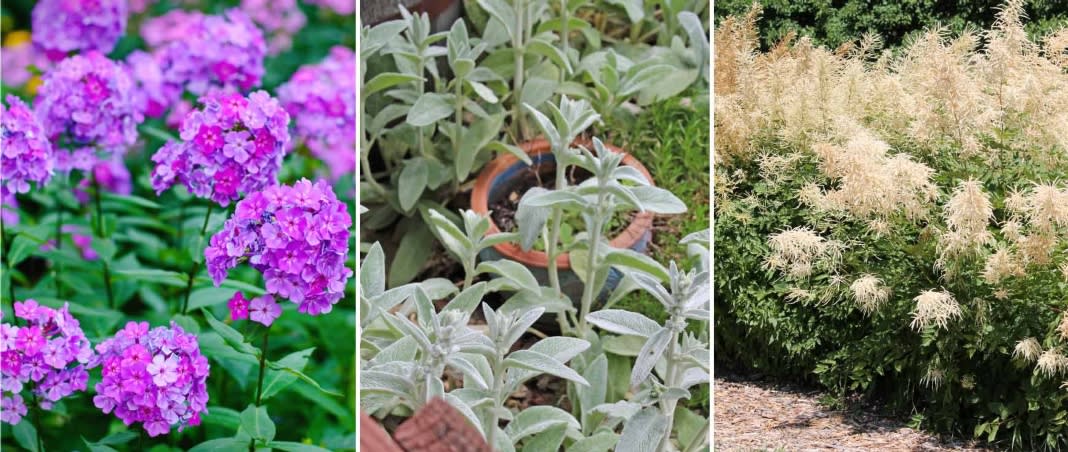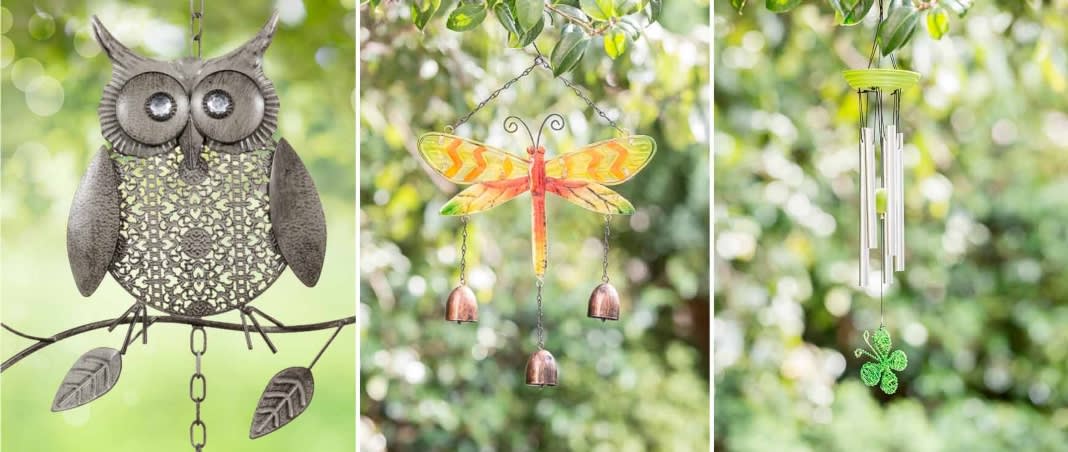How to Create Your Very Own Sensory Garden
12 July 2018
With the weather as warm as it is and the sun shining brightly in the sky, there's no better time to tend to your garden and give it a makeover.
Relaxing in the sunshine is glorious, and having a sensory garden to enjoy it in makes it an extra special experience.
Not sure how to turn your garden into a sensory paradise? Our self-help guide below will help you take your first steps in your very own sensory garden.
Why Have a Sensory Garden?

Sensory gardens strive to have the maximum impact on whoever visits them. They can be themed, divided into sections or placed together as a whole.
They’re user friendly and encourage people to touch, smell, listen and taste whatever's in them, but perhaps more importantly they provide a therapeutic space for complete relaxation.
Planning
First off, you’ll need to plan the layout of your new sensory garden. They don’t need to take up too much room and plants should be low down enough for small children to enjoy.
Touch and smell plays a huge part in children's development and your sensory garden will give them an appreciation for the natural world around them.
Will you have a fountain or any paths? Think about the shape you’d like walkways to be in, and where they would start.
Carefully planning the layout and shape of your sensory garden is imperative to achieving the ultimate final design.
Plants – Sight, Touch, Smell

It’s important that you choose plants that will thrive in your environment, so native plants are ideal. They’re less susceptible to disease and are lower maintenance than non-native.
Picking summer bloomers like Daisies, Golden Stars and Goat’s Beard would be a good choice. Their bright colours and startling looks are wonderful and would bring real vibrancy to your garden.
In terms of the touch and feel of a plant, Lamb’s Ear has a baby soft texture – or you could go for a sharper type, like Agaves. Running your hands through some Garden Phlox feels great, while its clusters of pink and purple look fabulous too.
You’ll also need some plants that add an aroma to your garden. Aromatic plants like Honeysuckle – which can be left to grow up fences or trellis – and Gardenia really add another dimension to your garden.
Sound

Wind chimes are an easy solution to bringing sound to the garden and you may well prefer them, but think about bamboo stems, which create noise when wind passes through them.
Encouraging wildlife like bees, crickets or hummingbirds by attracting them with certain flowers can add to the charm of your garden too.
Taste
The final touch to a sensory garden is to have some edible food present. Growing vegetables on a small plot can really add a unique edge to your space.
Salad leaves are really easy to grow during the summer and can be harvested within 3 weeks. Or why not pick up a herb plant like basil or thyme? Simple to maintain and perfect for using in hearty home cooked meals, like bolognese and casseroles.
Have you got a sensory garden? Post your pictures to the B&M community on Facebook, Twitter & Instagram.



